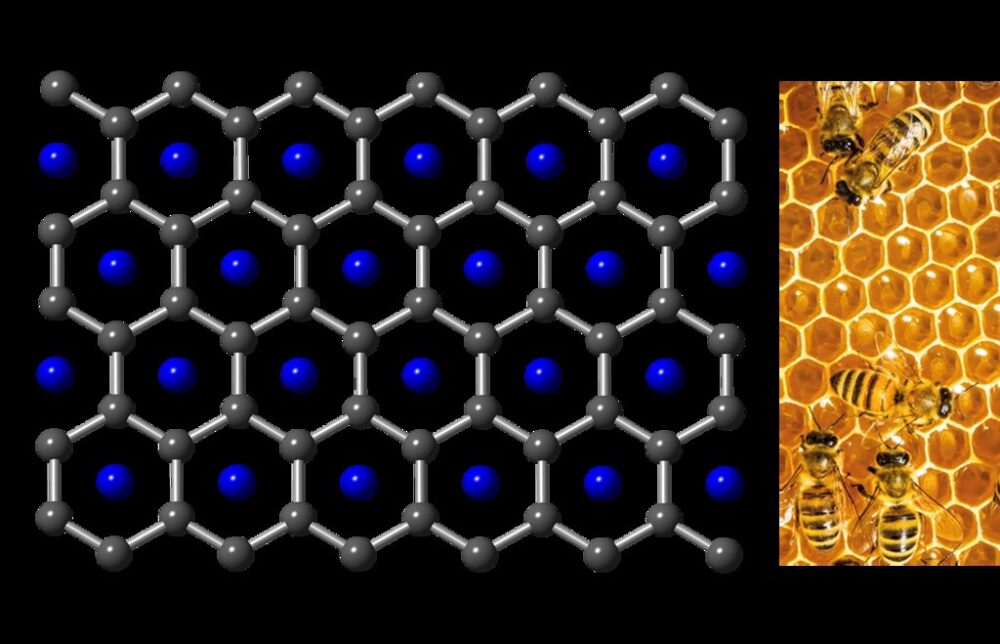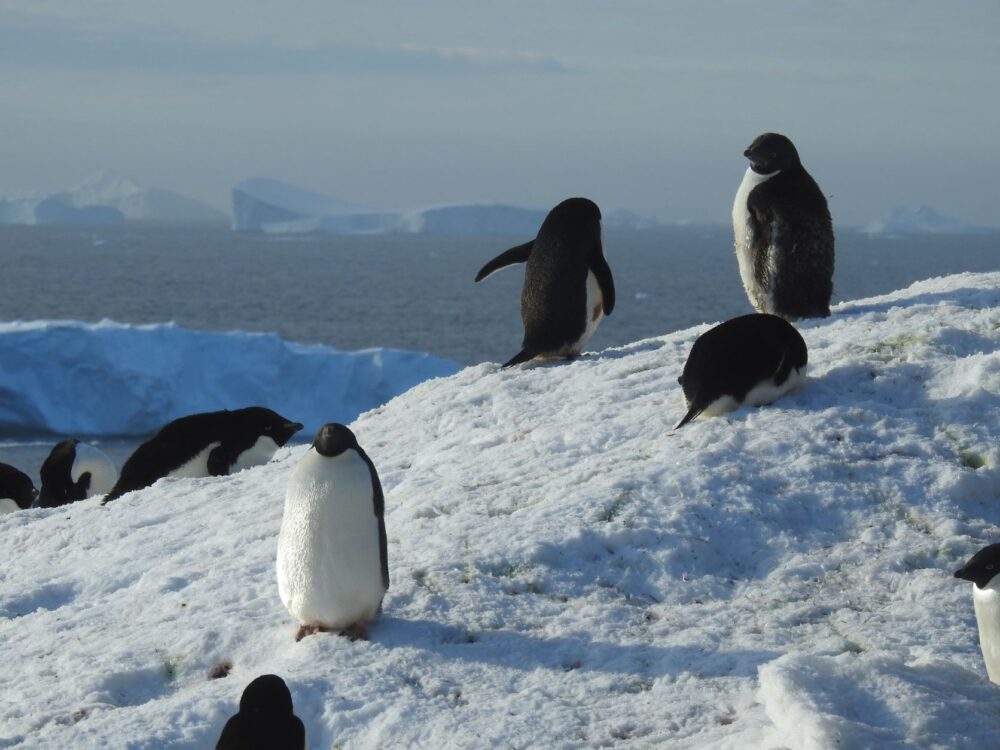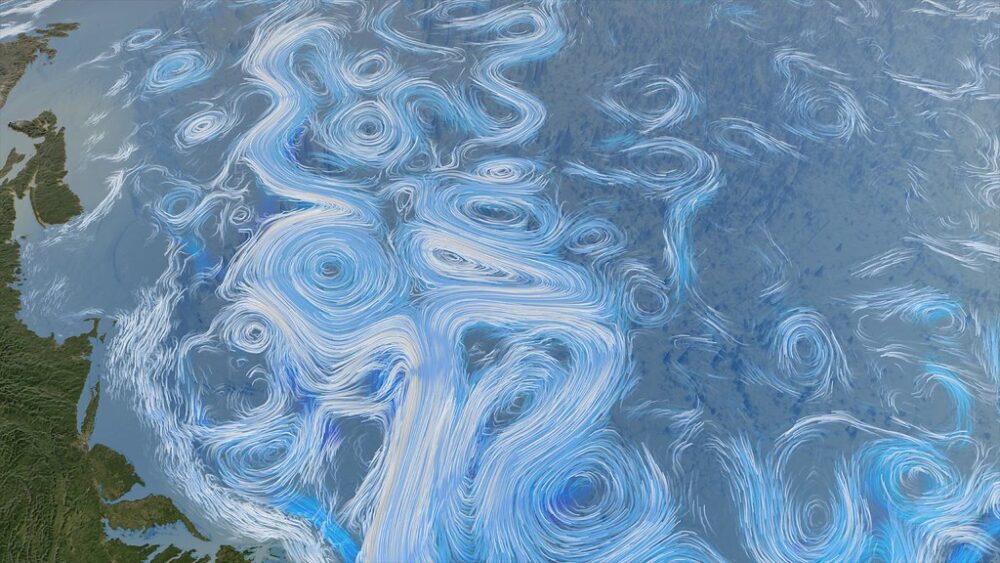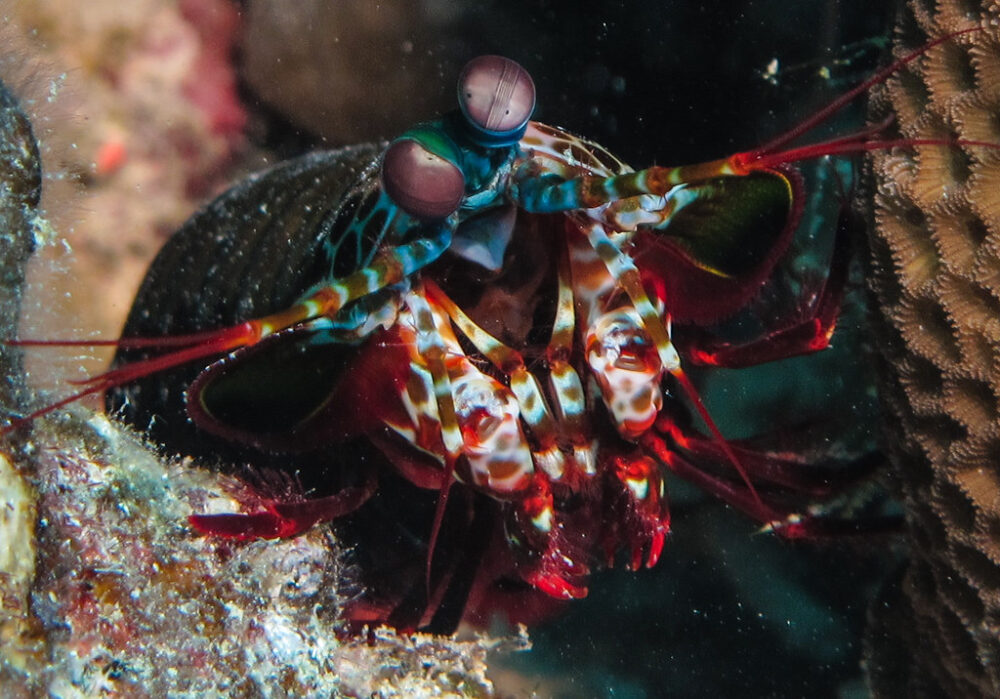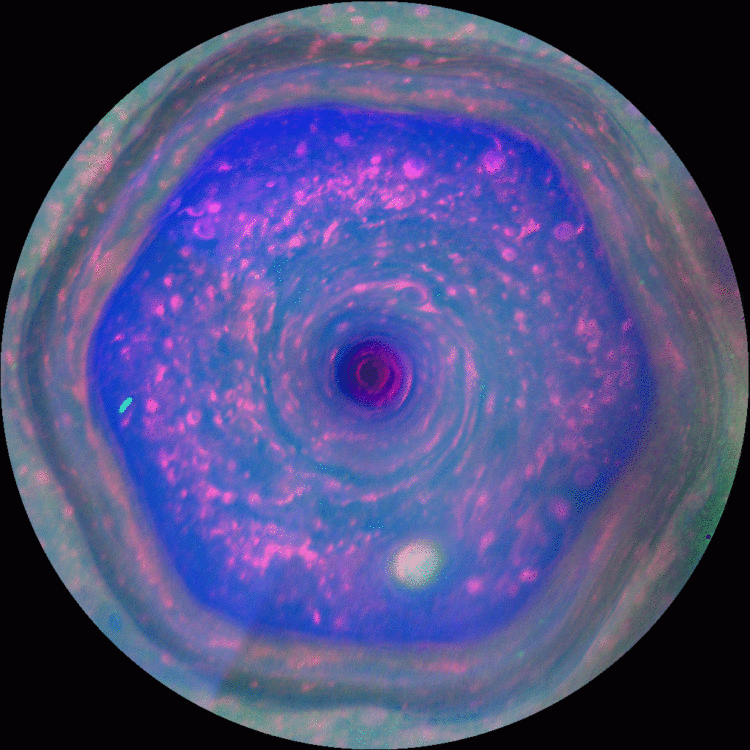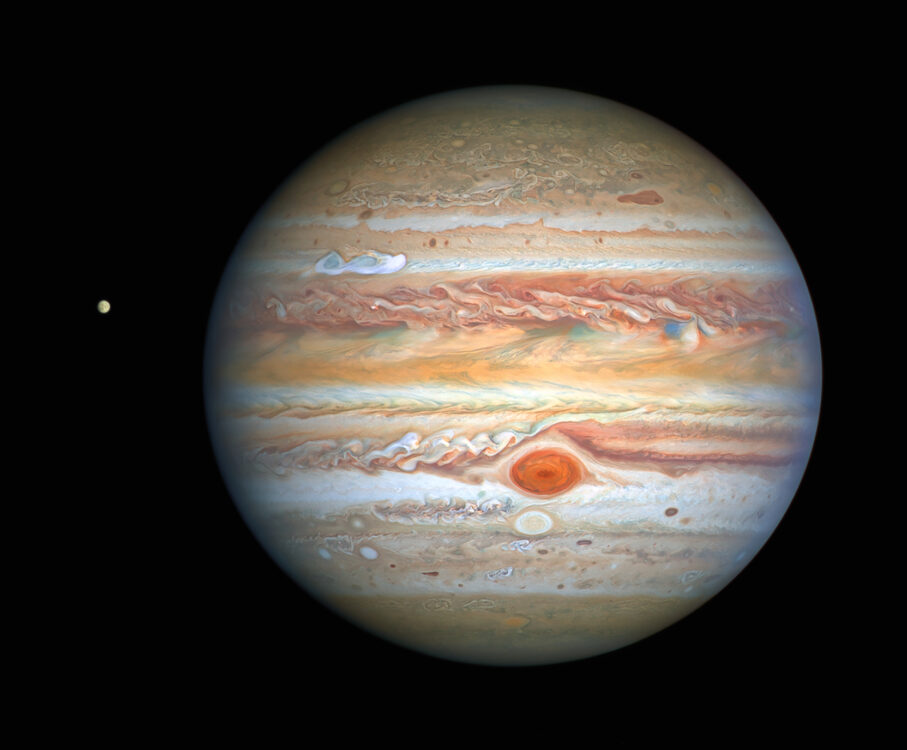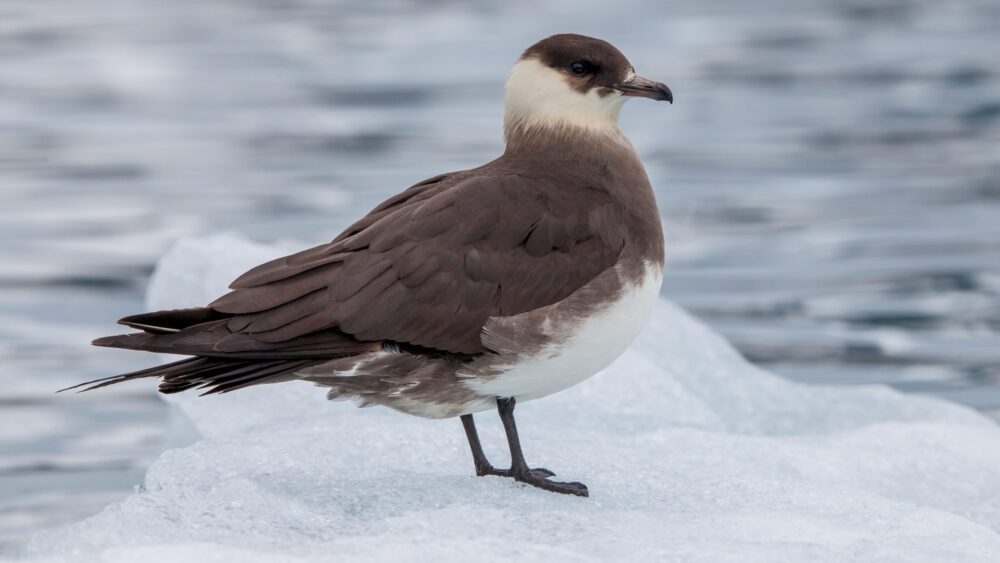Quantum spin liquids and ices: Challenging universal constants
The world of physics is as much dependent on rules and laws as it is on phenomena that break them. At times, the physical properties and behaviors of particles are characterized as precise and accurate; other times, they are anomalous. Even when particles behave as expected, the answer to why they behave like they do […]
Quantum spin liquids and ices: Challenging universal constants Read More »
